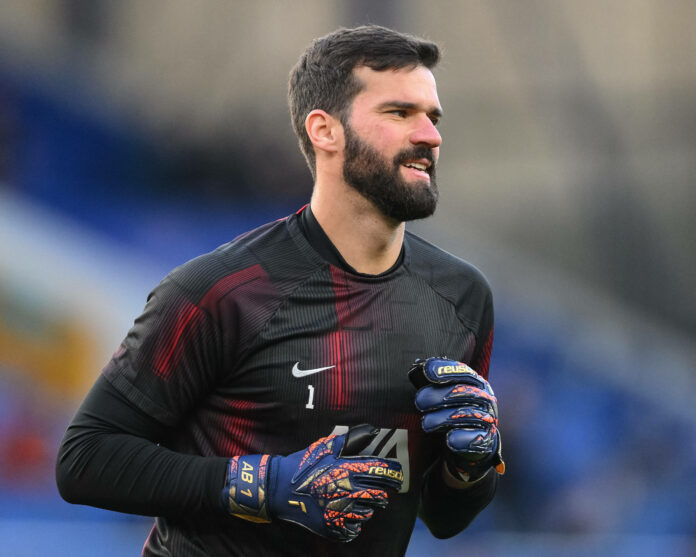There’s a long-standing debate in football: do goalkeeper gloves truly determine the outcome of a save, or is it all about skill and reflexes? While some argue that gloves are merely equipment, the reality is far more nuanced. The right pair of gloves won’t transform a beginner into a professional overnight, but they can provide the subtle edge that separates a confident save from a missed opportunity.
The Role of Grip
Grip is often the first feature players consider when choosing football goalkeeper gloves. Modern gloves are engineered with specialised latex palms that enhance ball handling in wet or dry conditions. While grip alone doesn’t guarantee a successful save, it drastically reduces the likelihood of fumbles, especially during high-pressure situations. Even a minor improvement in grip can boost a goalkeeper’s reliability, turning routine catches into consistent performance.
Protection and Durability
Beyond grip, gloves serve a critical protective function. Goalkeepers face powerful shots, unpredictable deflections, and awkward landings. Padding in the fingers, palms, and wrists absorbs impact, helping prevent injuries that could sideline a player for weeks. Well-constructed gloves also extend a goalkeeper’s ability to train longer and perform at their best without discomfort, which is essential for both amateurs and professionals alike.
Confidence and Psychological Advantage
Goalkeeping is as much a mental game as it is physical. Wearing the right gloves can provide a subtle yet significant psychological boost. A secure, comfortable glove allows players to dive, stretch, and challenge attackers without hesitation. This confidence often translates into quicker reactions and more decisive saves, showing that performance isn’t just about technique, it’s about feeling ready for every shot.
Innovation and Technology
Modern goalkeeper gloves are the result of decades of innovation. Features like finger spines prevent hyperextension, textured palms improve ball control, and breathable fabrics keep hands cool during intense matches. Some gloves are even designed with different zones of thickness for enhanced dexterity and protection. However, it’s important to remember that technology complements skill; gloves can enhance ability, but they cannot replace proper training or positioning.
Limitations of Gloves
Even the best gloves have limits. They cannot compensate for poor positioning, slow reflexes, or lapses in focus. Goalkeepers sometimes blame equipment for mistakes, but gloves are only one factor in the equation. Training, decision-making, anticipation, and agility remain the core elements of a goalkeeper’s success. Essentially, gloves are a tool that supports skill.
Maximising Your Glove Choice
Choosing the right football goalkeeper gloves involves more than picking a popular brand or eye-catching design. Consider your playing style, level of experience, and the conditions you most often play in. Advanced players may prefer thinner palms for better ball feel, while beginners might benefit from more padding. Trying gloves during training sessions helps identify the perfect balance of comfort, grip, and protection.
Putting It All Together
Do football goalkeeper gloves make or break a save? Not entirely, but they do provide a meaningful advantage. Proper gloves protect hands, enhance grip, and instill confidence, enabling goalkeepers to perform at their peak. When combined with solid technique, positioning, and mental focus, the right gloves become an extension of a player’s abilities, helping them execute saves more reliably and with greater assurance.
Gloves are not a magic solution, but the right pair is a critical component in a goalkeeper’s toolkit. They protect, support, and subtly improve performance, allowing goalkeepers to focus on what truly matters: reading the game, reacting quickly, and making the saves that count. Investing in the proper gloves is not just about equipment, it’s about equipping yourself to perform at your best every time you step onto the pitch.




